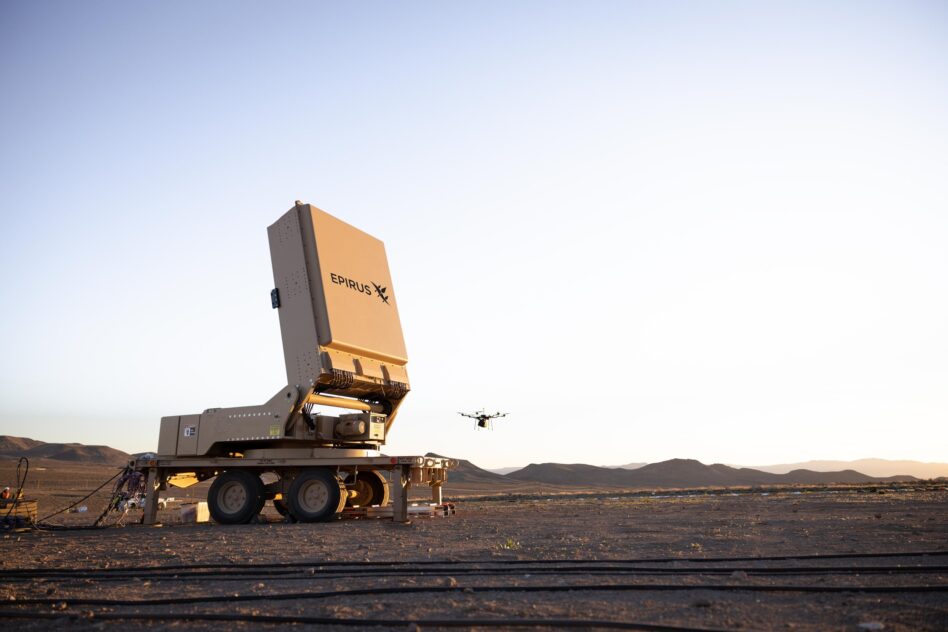After Defense Secretary Pete Hegseth’s UAS memo last week, we said small drones are having a moment. As it turns out, there’s just as much interest in the tech that takes them down.
This morning, California-based cUAS maker Epirus announced it’s won a $43.5M contract from the US Army’s Rapid Capabilities and Critical Technologies Office (RCCTO) to deliver two of its second-generation flagship drone-zappers, called Leonidas.
Riding the (micro)waves: Leonidas, a truck-based system that looks a lot like a propped-up king-sized mattress, uses a directed energy-based, high-power microwave beam to disable drone swarms by, well, frying their circuits. When zapped, Leonidas’ victims just fall out of the sky, per Epirus demos.
And the Army’s RCCTO has been all over it:
- In 2023, Epirus’ Leonidas was selected for the Integrated Fires Protection Capability High-Power Microwave (IFPC-HPM) program, winning a $66.1M contract for four prototypes.
- In 2024, the last two of those prototypes were delivered, and the Army shelled out an extra $17M for the development and integration of an upgraded sensor suite.
- Since then, the tech has undergone significant testing, including in the Middle East and INDOPACOM.
- As a cherry on top, Epirus raised a $250M Series D (with total venture funding hitting $550M+) in March.
Now, the Army is back for more, and Epirus is looking to make some upgrades. While the previous HPM had a range of 1km of total efficacy and 10km of partial efficacy, Epirus expects the IFPC-HPM GEN II to more than double the GEN I’s maximum effective range and boost its power by 30%.
This should be good news to the government—according to a 2023 GAO report, the most potent concerns about directed energy weapons are range and efficacy in adverse conditions, such as storms and fog.
It’s the drones, stupid: If you’ve been watching the news, you’ll know that this is all pretty good timing.
“Drones are everywhere. We’ve seen drone incursions over US bases, incursions over our southern border, and swarm attacks are defining overseas conflicts,” Epirus CEO Andy Lowery said in a statement. “The second generation of our energy-based HPM platform and the next increment of IFPC-HPM will be even more powerful, more mission capable, and more impressive all around.”
He said these systems will be particularly effective to protect against drone threats during high-risk events like the World Cup in 2026.
Among the upgrades Epirus is eyeing in its GEN II HPM are:
- Inclusion of high-density batteries to extend operating time.
- Longer pulse widths to boost energy output.
- A burst mode for more effective multi-target engagement.
- Adaptive waveforms and polarization (the angle at which the energy hits the target), allowing Leonidas to tailor its microwave blasts for different drones, orientations, and levels of shielding.
While it builds on GEN I lessons, Epirus says GEN II is a near-total overhaul—80% of its 150,000 parts will be different. It expects to test GEN II in California this October.

